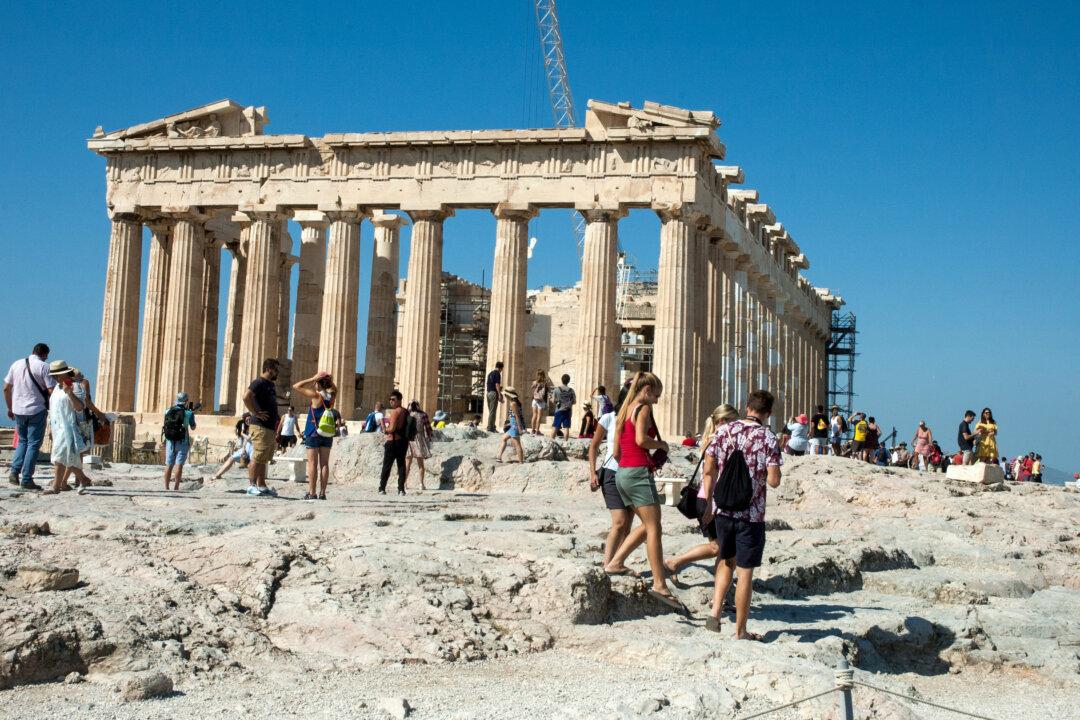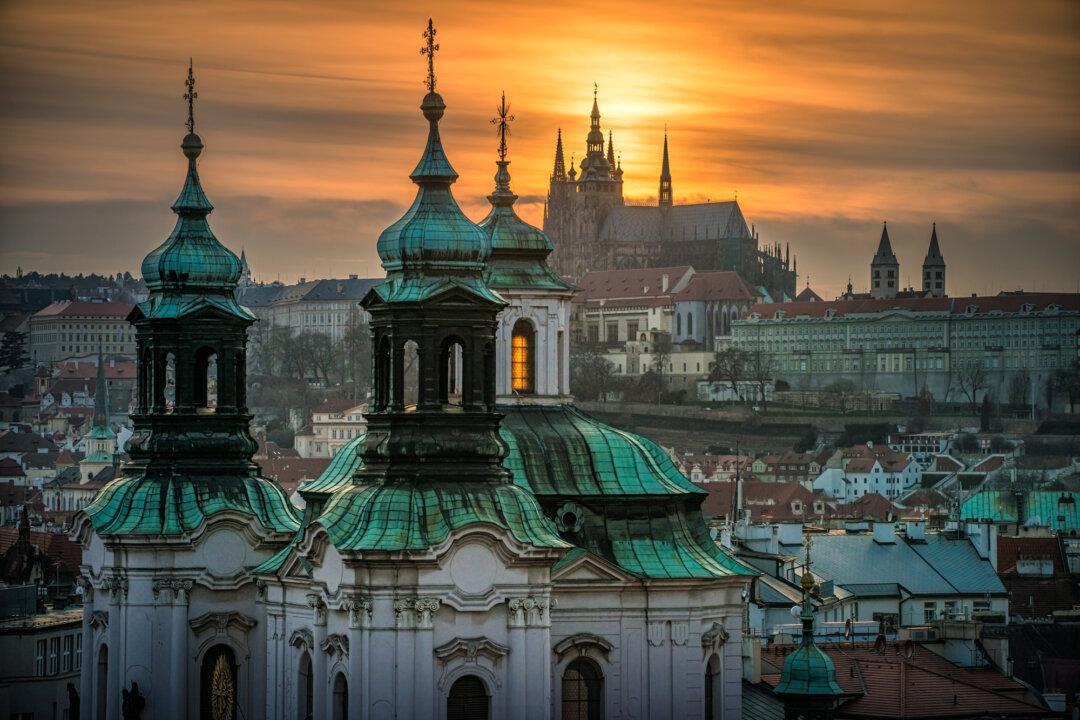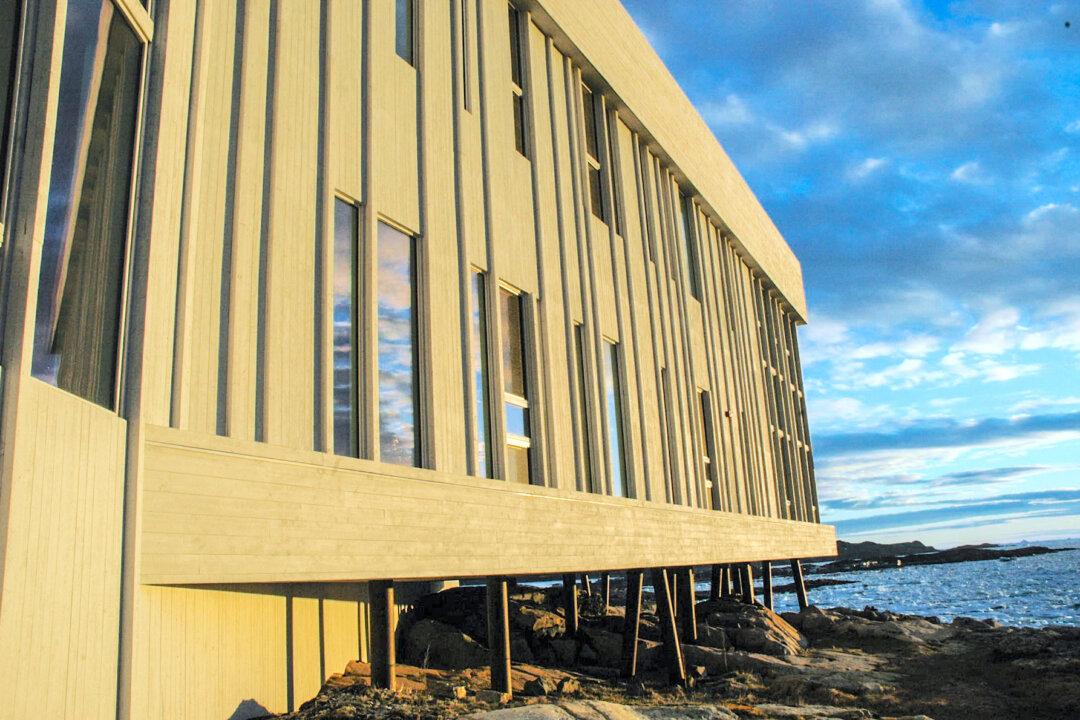When it comes to Pittsburgh, the city I like to call the well-known unknown, the skyline seems to be ever-evolving. That’s perhaps because Pittsburgh has been inventing and reinventing itself since the collapse of the steel industry in the 1980s, when it kind of fell off people’s mental radar.
But today it is regularly voted one of the most livable cities in the United States and was picked as one of the best places to visit in 2015 by Conde Nast Traveler.
After the 1980 collapse, massive numbers of Pittsburghers fled town for greener pastures. I found the resulting urban decay most noticeable when travelling by bike along the Monongahela River. Numerous abandoned chimneys stick out of nowhere (the accompanying factory being long gone), and bridges new and old fight for attention. Some of the bridges are a strange reddish-green colour due to being covered in rust mixed with Boston ivy.
Altogether, though, the city is surprisingly attractive-looking. The dozens of delightful Aztec yellow steel bridges are still as strikingly beautiful as when they were built in the 1920s.
Pittsburgh was always seen as a frontier town, one with many firsts—the first motion picture house, first gas station, first commercial radio station broadcast, first bingo game, and where the polio vaccine originated.
Located at the confluence of the Allegheny and Monongahela rivers, which form the Ohio River, Pittsburgh is known as the City of Bridges—it has 446 in all.





